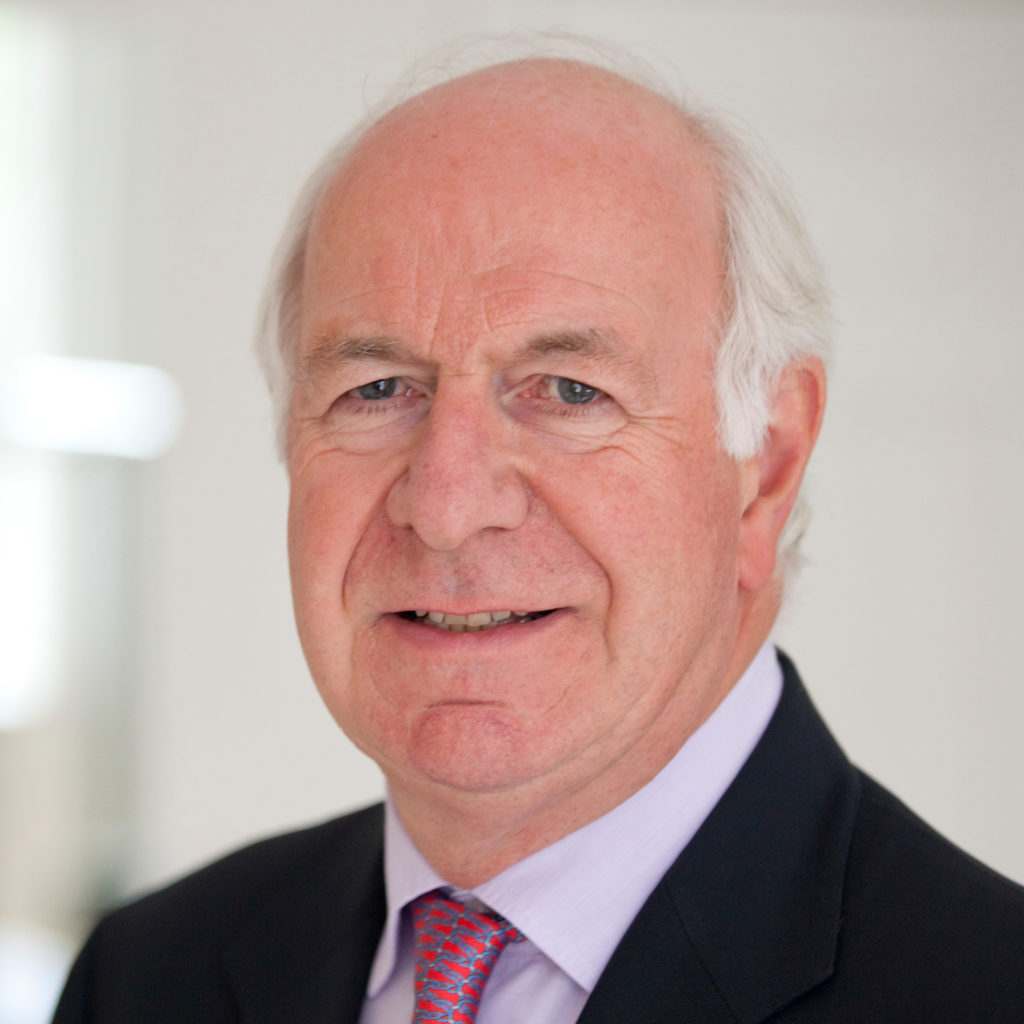medwireNews: Observational data confirm that children born small for gestational age (SGA) achieve the best growth outcomes if they start treatment with recombinant human growth hormone (rhGH) as young as possible.
The effectiveness analysis included 3318 patients (56.7% boys) recorded in the NordiNet® IOS and ANSWER Program real-world datasets, comprising 10.7% patients who were 2 to 3 years old at rhGH initiation, 31.6% who were aged 4 to 5 years and 57.7% who were aged 6 years or more (average 9.25 years).
The average height standard deviation score (SDS) at rhGH initiation in the three age groups was approximately –3, and the researchers note that the majority of children were older than 4 years at treatment initiation despite guideline advice to start therapy at age 2–4 years in those with a height SDS of –2.5 or below.
“It is possible that referring physicians are not aware that GH is indicated for the treatment of SGA, or expect most children born SGA to show ‘catch-up’ growth with time”, suggest Mitchell Geffner (Children’s Hospital Los Angeles, California, USA) and study co-authors.
The average daily rhGH doses were 0.044, 0.039 and 0.042 mg/kg in children aged 2–3, 4–5 and 6 years or older, respectively. The average treatment duration was approximately 3.5 years, with a corresponding 11.0%, 13.8% and 5.6% of the groups reaching 8 years of treatment, which the researchers say “is the longest GH treatment period studied in very young SGA patients.”
At baseline, the average height SDSs in children aged 2–3, 4–5 and 6 years or older were –3.27, –3.07 and –2.82, respectively. These improved to a corresponding –1.6, –1.5 and –1.6 after 4 years of therapy, and to –0.9, –1.1 and –1.4 after 8 years of therapy.
Among children who received 8 years of therapy, the average height SDS was significantly greater in those who started when aged 2–3 years or 4–5 years than in those who were aged 6 years or older. Likewise, the average improvement from baseline was significantly greater in the two younger groups than the older patients.
“It should also be noted that the ultimate benefit of early treatment initiation is likely to be greater than reported here, given that after 8 years of follow-up those children in the youngest age group would likely have the potential for further growth”, write the researchers in The Journal of Clinical Endocrinology & Metabolism.
The ratio of bone age to chronological age (BA/CA) before treatment was 0.68 in the youngest age group, which was lower than the 0.71 and 0.82 observed in the middle and oldest groups, respectively.
This is consistent with the delayed bone development previously reported in children born SGA, say the researchers, noting that the BA/CA had normalised in all three groups by the end of treatment.
“As bone maturation increases rapidly prior to the onset of puberty, patients starting GH therapy at a very young age may have a longer period of prepubertal growth”, the team observes.
By Eleanor McDermid
medwireNews is an independent medical news service provided by Springer Healthcare Ltd. © 2022 Springer Healthcare Ltd, part of the Springer Nature Group

